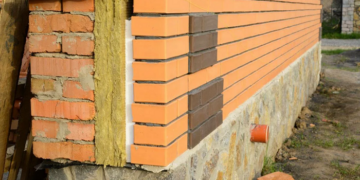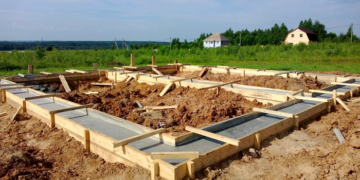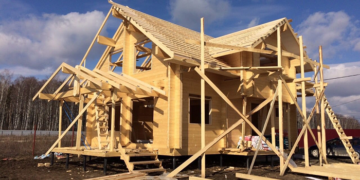For decorative wall decoration, there is a huge selection of various finishing materials that combine practicality and decorativeness – they can embellish your home.
One of the most original finishing materials is liquid wallpaper. What is this finishing material and how to work with it? Liquid wallpaper – dry mixture, similar to sawdust of white color, which, after applying to the wall and drying, becomes like a small and hard foam, which is actively used by decorators.
Liquid wallpaper – porous material with good soundproofing properties. Walls with this coating “breathe”, and when “shrink” the house, wallpaper will not be deformed. Wallpaper with a thin layer form a coating with a thickness of 2-3 mm, and the thickness of the volumetric option is about 5 mm. Liquid wallpapers are several types that differ in composition, the structure of the fiber used and the thickness of the layer.
Do not forget that liquid wallpaper has a significant drawback – they are not resistant to moisture. This is a good quality if the wallpaper must be removed from the wall, but it is not very practical during operation, therefore, in the bathroom and in the kitchen, such finishing materials try not to use. So that it could be done without prejudice to wet cleaning of the coating, the wallpaper can be covered with colorless varnish, but the effect of “breathing” walls will be irrevocably lost.
To apply liquid wallpaper to the walls of liquid wallpaper: the container in which the wallpaper will be bred; A tool for applying the mixture to the walls – a roller, a spatula or a spray gun (the pressure should be 0, 5 MPa); Colorless varnish.
Liquid wallpaper is applied as follows:
1. The surface is thoroughly cleaned, primed and put off. The primer is better to use alkyd, and the putty should be oil. Dry mixture of wallpaper is diluted with warm water and let it brew for 15 minutes. If necessary, then the dye is added.
2. The diluted mixture is taken with a spatula and glued to the wall, after which it is evenly rolled out by the roller. It is necessary to ensure that the mixture does not form bulges and voids between each of the servings. To create a unique pattern, you can use a special roller (roller roller).
3. The process of drying of liquid wallpaper can take three days. It depends on humidity and temperature in the room. The dried layer is covered with a protective layer of varnish, which significantly increases the life of the liquid wallpaper.







